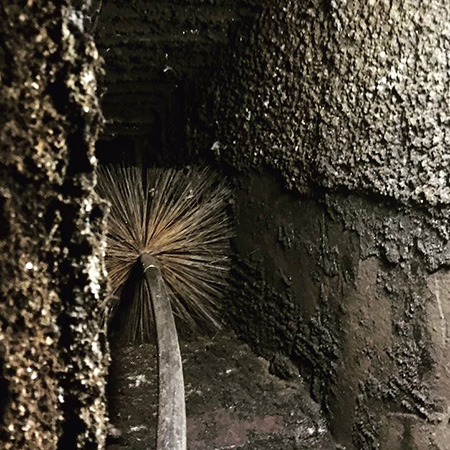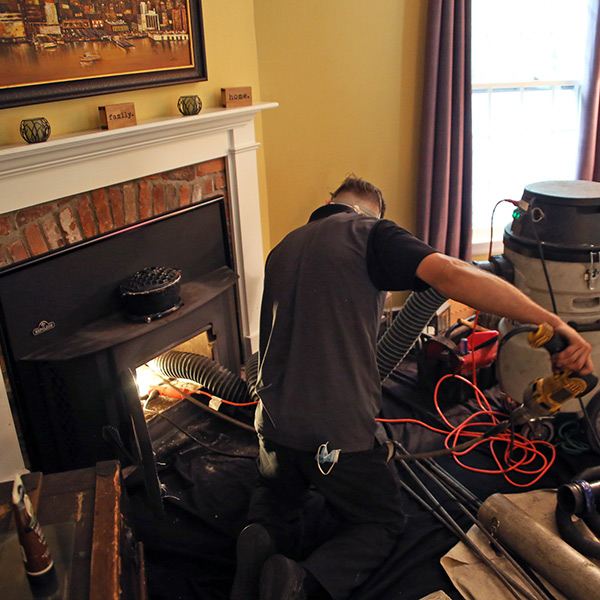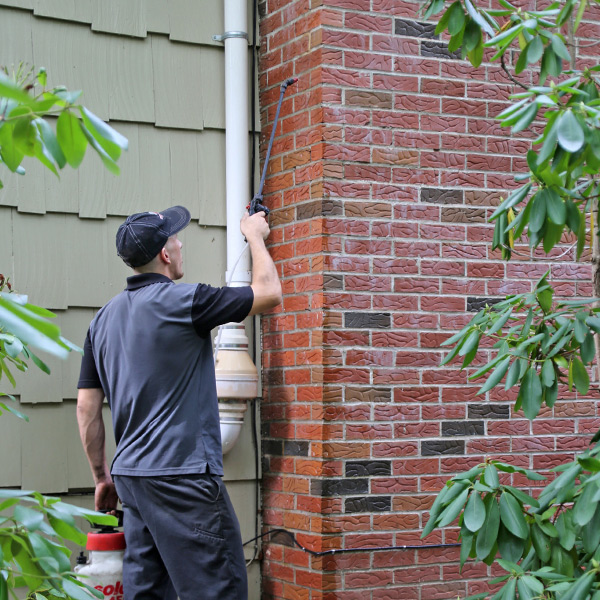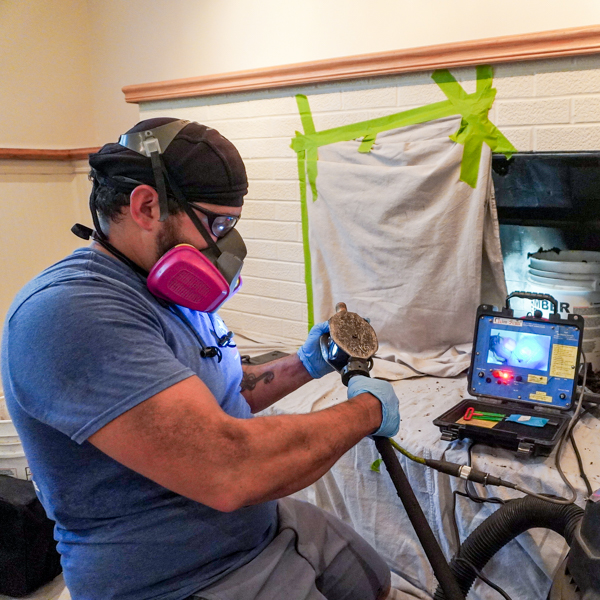Why Are There Bad Odors Coming From My Fireplace?
A home with a fireplace is one of those images that invoke the feeling of cozy nights and makes you want to sing like they do in White Christmas. And of course, once the temperatures drop you probably start using your fireplace daily. Along with that, you may sometimes notice an odd odor coming from your chimney or fireplace. If this has ever happened to you, it’s something you’ll want to address right away. Here are some common causes of bad chimney odors and how to fix them.
 Creosote and soot
Creosote and soot
Repetitive use requires cleaning. Just like dishes, cars, and clothes, the more you use your fireplace the more you will need to have it cleaned. Otherwise, without a proper sweep, creosote and soot can build up over time. This is a black, sticky substance that lines the inside of your chimney. Over time, this seeps into the masonry and gives off a smoky, pungent aroma and not a welcomed one like the smell of burning wood. If you started using your fireplace for the season without an inspection and sweep, there’s a chance this is what’s causing your strange odor.
Blockages
Sometimes, an obstruction blocks the upper part of the chimney, such as animals and birds that have become stuck due to a missing chimney cap. Unable to find their way out, this can quickly become an unfortunate and smelly situation.
Likewise, a bird may build their nest in your chimney because of the warmth it provides. This will block the natural escape of odors and result in those smells being directed back into your home.
Broken seals
Lastly, a damp odor could mean your chimney isn’t sealed properly. Snow and rain can get into an improperly sealed chimney and get trapped, leading to a moldy smell. If leaves find their way into your chimney left to decompose, you can end up with the smell of rot drifting into your home.
 What to do
What to do
First things first, have your chimney cleaned regularly. A chimney sweep will clear out any odors being caused by a creosote build-up, blockage, or decaying foliage. While your Northeastern Chimney technician is cleaning, they will also check to see if there is any damage that would be leading to the odor and recommend the best course of action to fix it.
A chimney cap, if you don’t already have one, will keep animals from falling in and getting stuck, birds from nesting, and bees and other insects from setting up shop in your chimney. It’s an easy fix to what will be a much more complex problem if left open.
Additionally, close your fireplace damper when not in use. You might find that the odors you are smelling are not coming from your chimney but something outside of your home.
Do you have bad odors coming from your fireplace? Northeastern Chimney can help!
Of course, the best way to take care of any odors emanating from your chimney or fireplace is to contact us. When you schedule your annual inspection and cleaning, a member of our team will come out and check to be sure everything is operating properly and clean out anything that may be causing the odor. If you need to schedule an inspection or would like to go over any questions you may have, call Northeastern Chimney, LLC by phone, at 860-233-5770 or message us online here.
The post Why Are There Bad Odors Coming From My Fireplace? appeared first on .
This post first appeared on https://www.mychimney.com
 You’ll have time to make repairs.
You’ll have time to make repairs. Chimney inspections identify potential structural issues.
Chimney inspections identify potential structural issues.
 Throat Damper
Throat Damper

 They continually train their staff
They continually train their staff We are Connecticut’s premier and trustworthy chimney sweep company
We are Connecticut’s premier and trustworthy chimney sweep company


 Schedule Regular Chimney Inspections
Schedule Regular Chimney Inspections